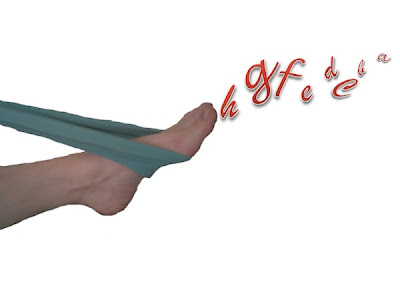This exercise is so very important to Pilates, and one of the basic tenets of every Pilates exercise. The breath is the place to start and the place to revisit when you get stuck. Being facile with breath and being able to choose what kind of breath to use will make any Pilates exercise more effective.
To do this exercise you will need a mat. You will start lying on your back (supine). Your knees can be bent with your feet planted into the ground, or your legs can be long along the floor. Place your hands on your belly. Take an inhale and use the breath to lift your hands. Exhale notice that the belly is hollowing towards the floor. Continue for 8-10 breaths.



































